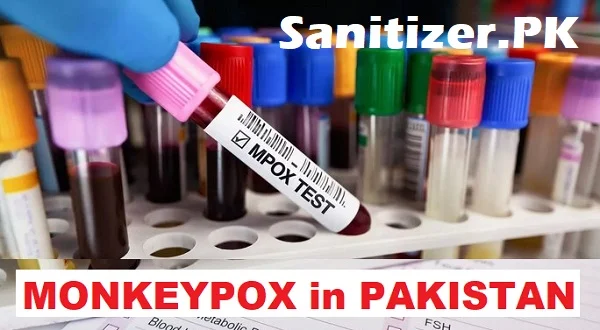Monkeypox and smallpox are related Orthopoxvirus diseases with distinct characteristics. Smallpox, caused by the variola virus, was highly contagious and deadly, eradicated in 1980. Monkeypox, a zoonotic disease found in rodents, is less severe and contagious. The smallpox vaccine offers some immunity against monkeypox.
Monkeypox and smallpox, though distinct diseases, share a connection that has piqued the interest of scientists and the public alike. Both belong to the same family of viruses, the Orthopoxvirus genus, which includes several viruses capable of infecting humans. However, despite their similarities, there are crucial differences between the two diseases in terms of severity, transmission, and impact on global health.
Smallpox, caused by the variola virus, was one of the most devastating diseases in human history. It is estimated to have killed hundreds of millions of people over centuries, with a mortality rate as high as 30%. Characterized by a distinctive rash and high fever, smallpox left survivors with deep, permanent scars, and in some cases, blindness. The disease was highly contagious, spreading rapidly from person to person, primarily through respiratory droplets. The global effort to eradicate smallpox, led by the World Health Organization (WHO), was one of the most successful public health campaigns ever, culminating in the disease’s eradication in 1980 after a massive vaccination campaign.
Monkeypox, on the other hand, is a zoonotic disease, meaning it primarily exists in animals but can be transmitted to humans. It was first identified in laboratory monkeys in 1958, hence the name, although the virus is more commonly found in rodents. The first human case of monkeypox was recorded in 1970 in the Democratic Republic of the Congo. Unlike smallpox, monkeypox is far less contagious and typically less severe. The symptoms of monkeypox resemble those of smallpox, including fever, headache, muscle aches, and a rash, but the disease usually runs a milder course, with a lower mortality rate ranging from 1% to 10% in most outbreaks.
One of the critical factors linking monkeypox and smallpox is the immunity conferred by the smallpox vaccine. The smallpox vaccine, which uses a related virus called vaccinia, is known to provide protection against monkeypox as well. During the global smallpox vaccination campaigns, it was observed that people vaccinated against smallpox had a lower risk of contracting monkeypox. However, since the eradication of smallpox and the cessation of routine smallpox vaccinations, the population’s immunity to monkeypox has waned, leading to a resurgence of the disease in regions where it is endemic.
Recent outbreaks of monkeypox outside of Africa, where the disease is usually confined, have raised concerns about its potential to spread more widely. While monkeypox is not as easily transmissible as smallpox, the increasing number of cases has highlighted the importance of monitoring and controlling the disease. Public health officials are also exploring the use of smallpox vaccines to protect against monkeypox in high-risk populations, given their proven efficacy.
In conclusion, while monkeypox and smallpox are related through their shared family of viruses, they are distinct diseases with different characteristics and impacts on human health. Smallpox was a much more deadly and contagious disease, now eradicated thanks to a global vaccination effort. Monkeypox, though milder and less contagious, continues to pose a risk, especially in areas where it is endemic. The connection between the two diseases, particularly through the use of the smallpox vaccine, underscores the importance of understanding and addressing emerging infectious diseases in a globalized world.

